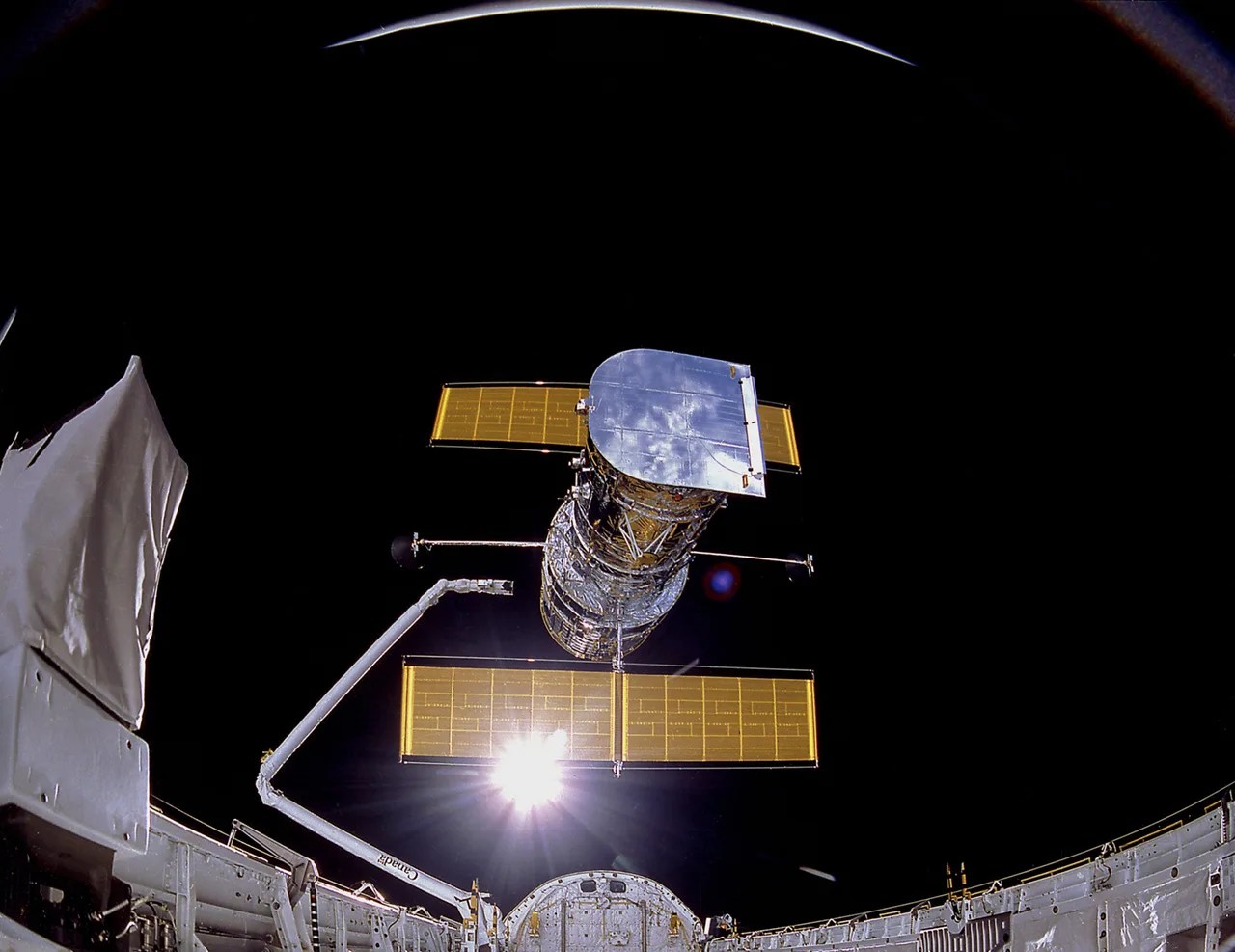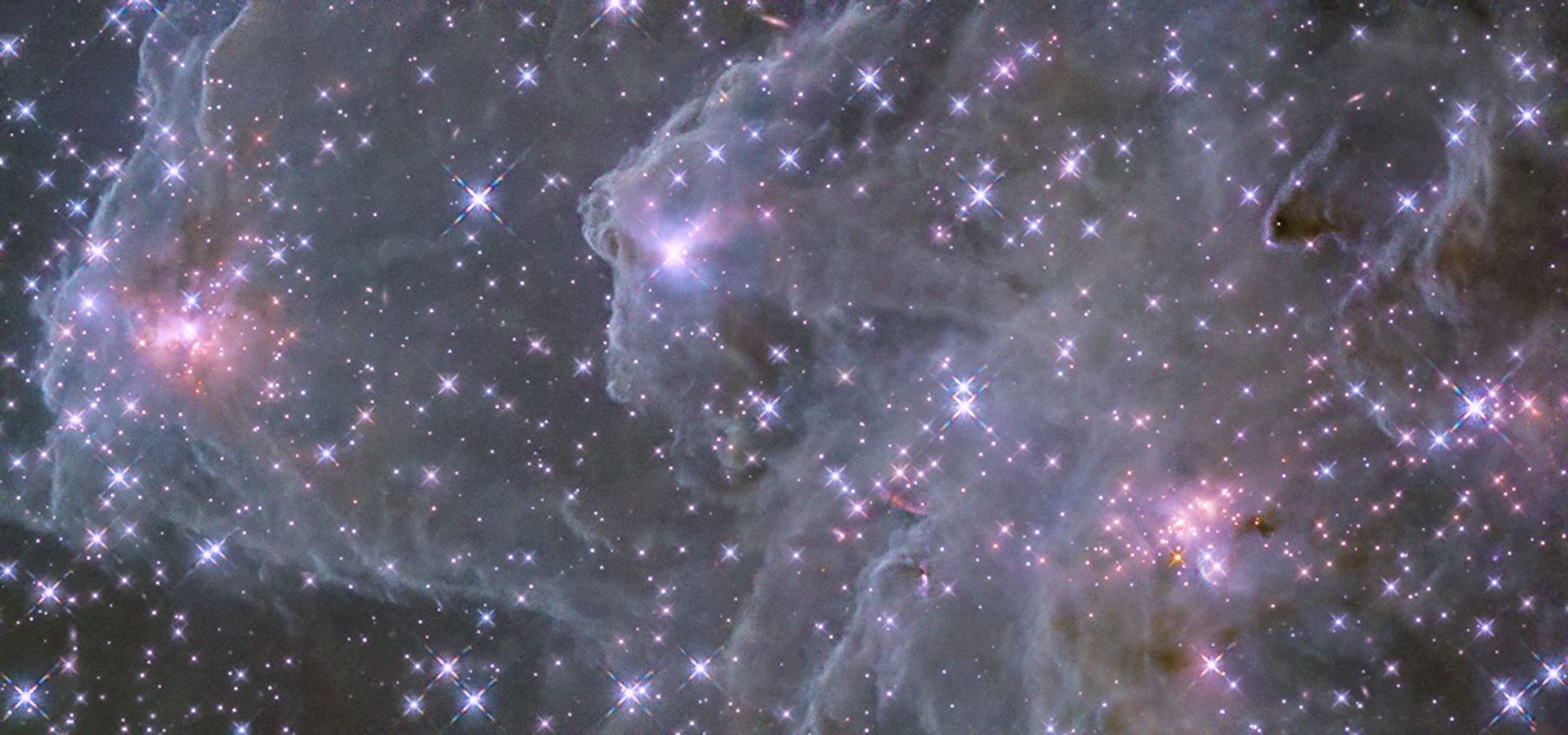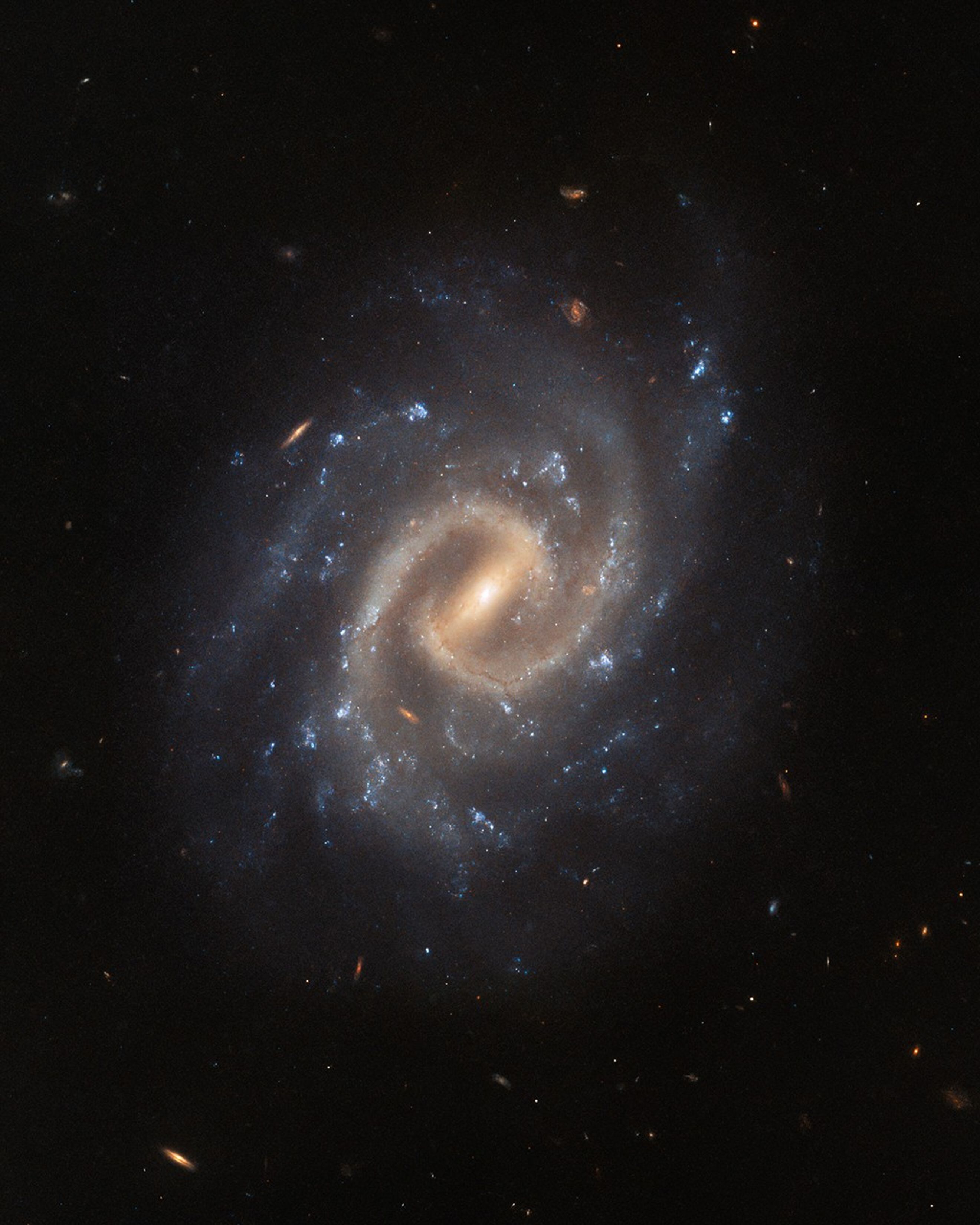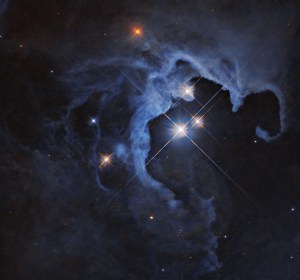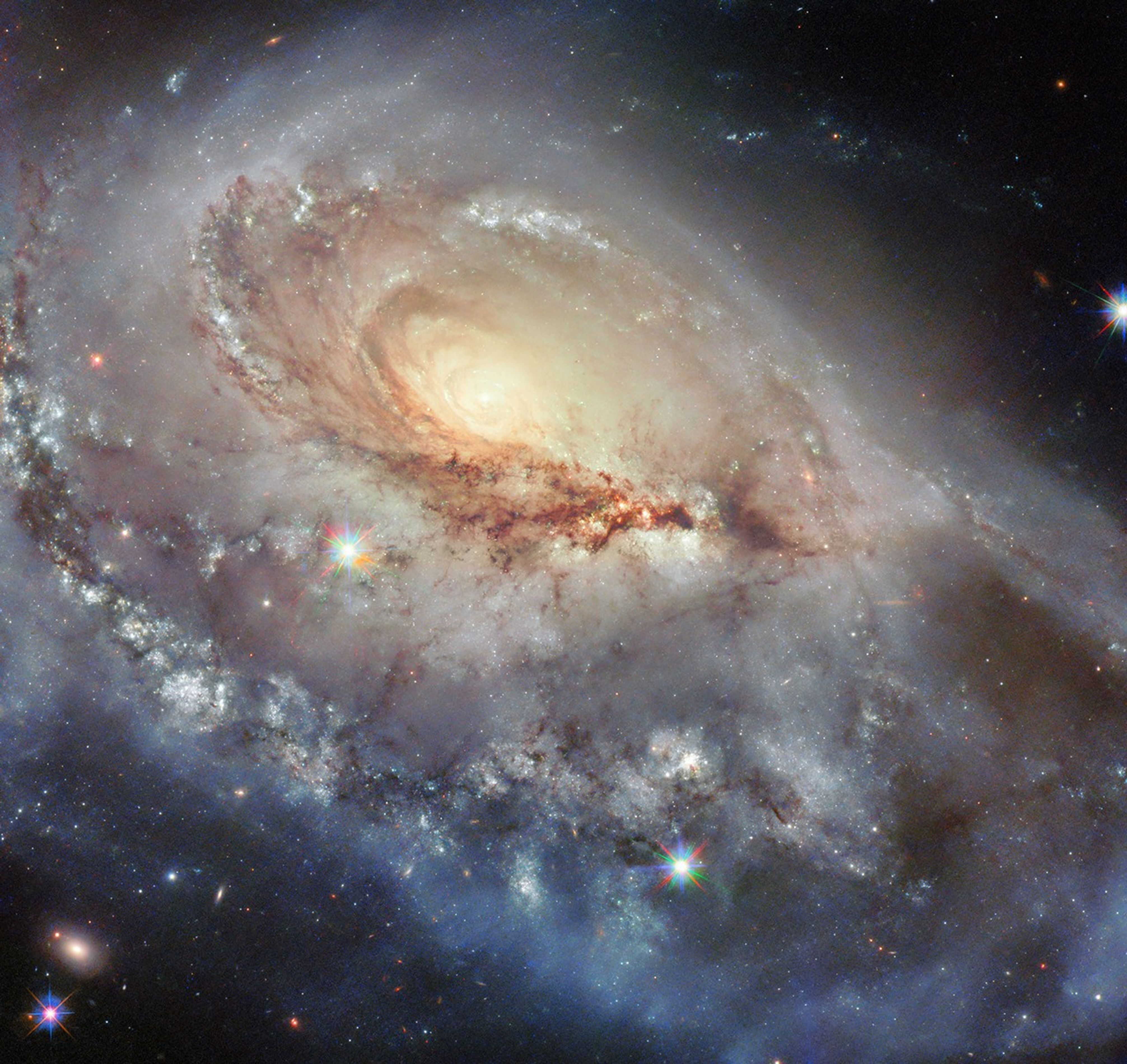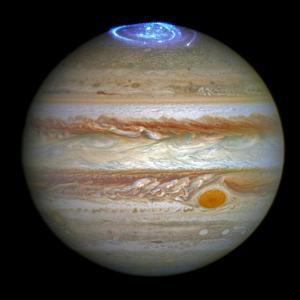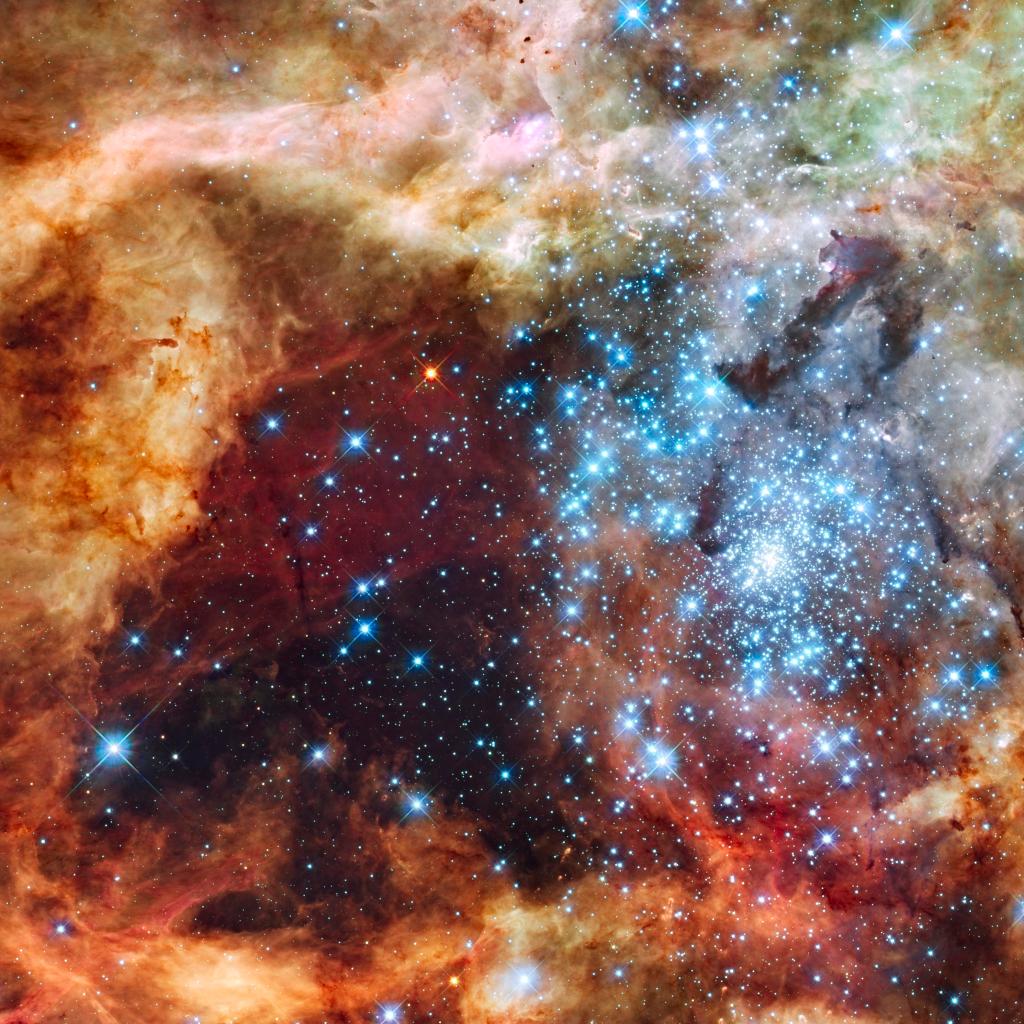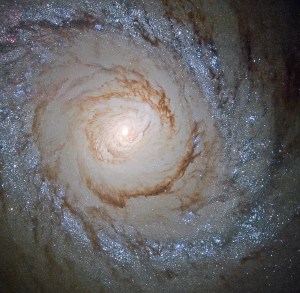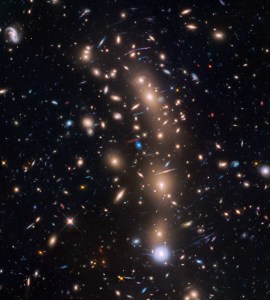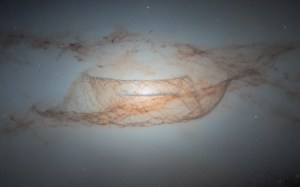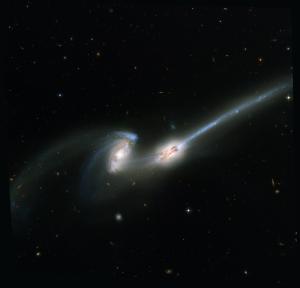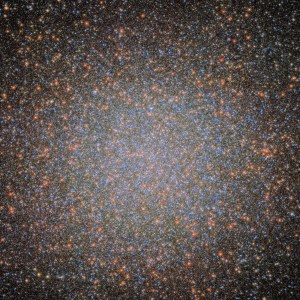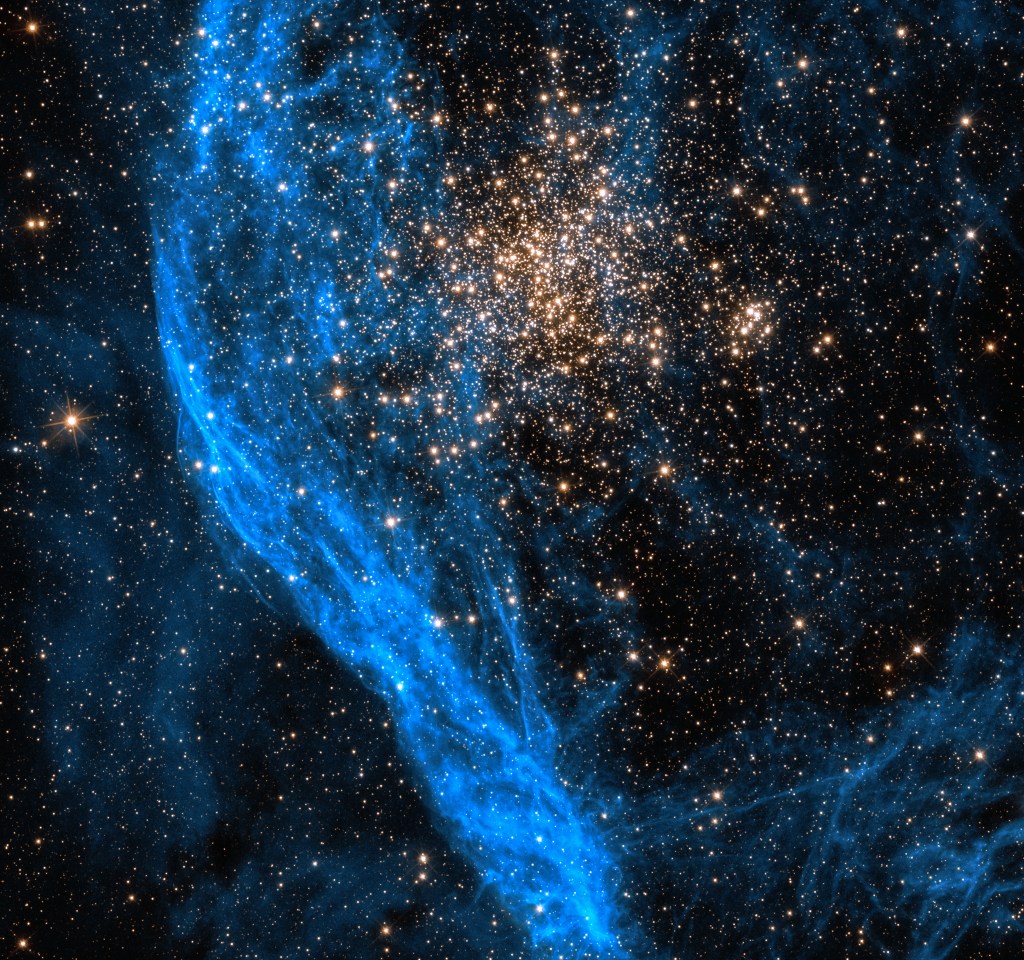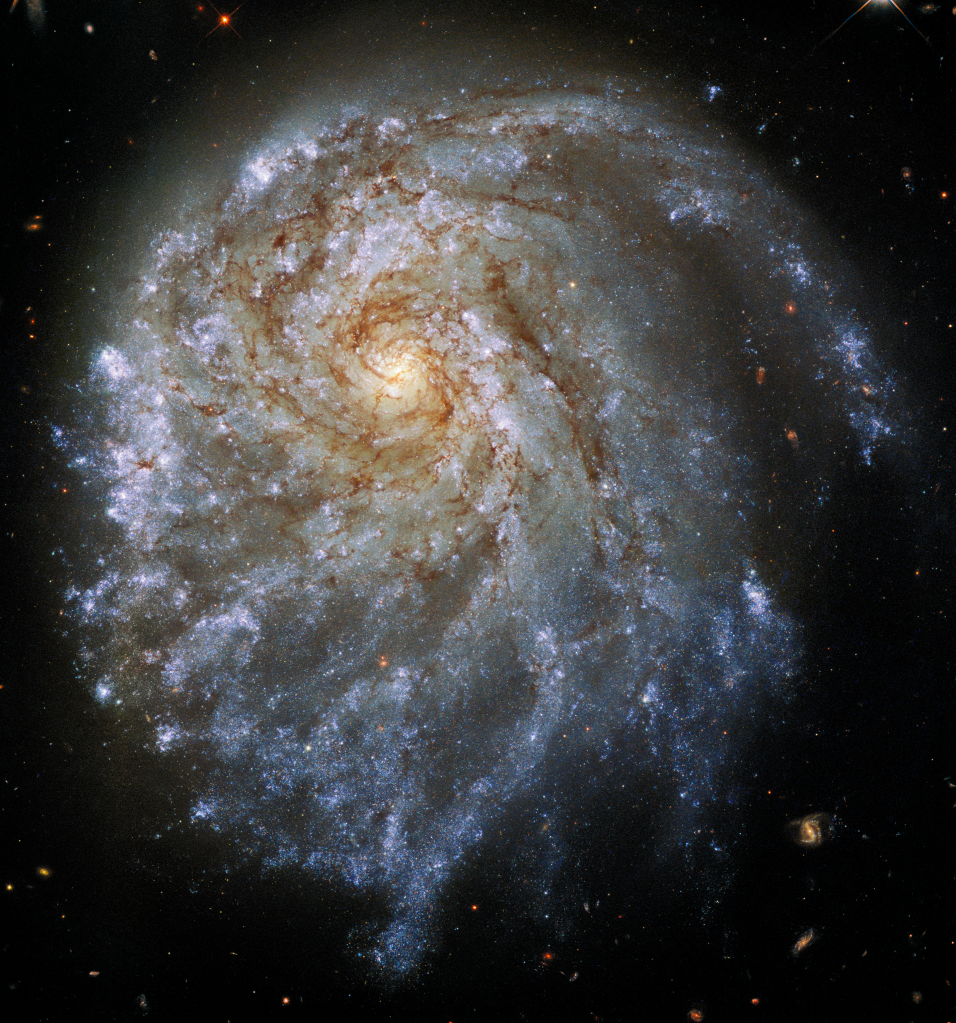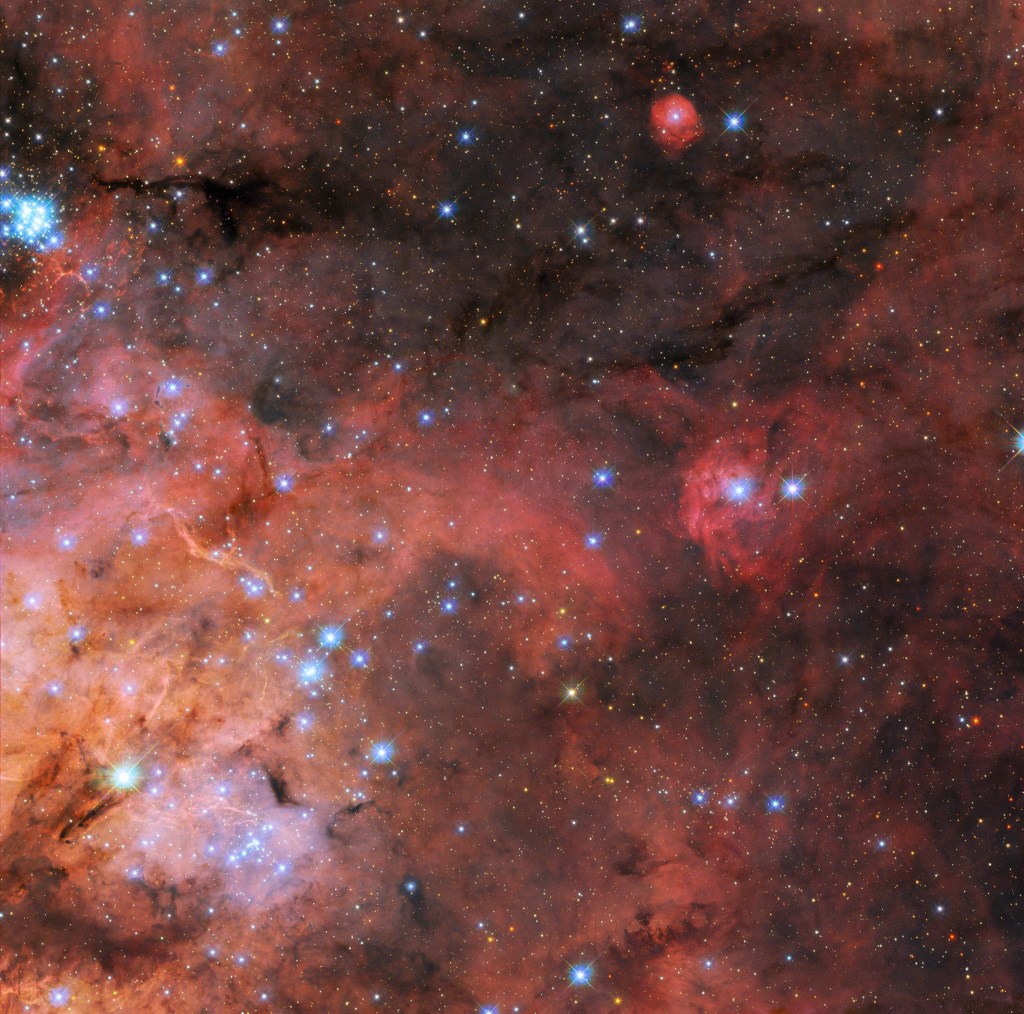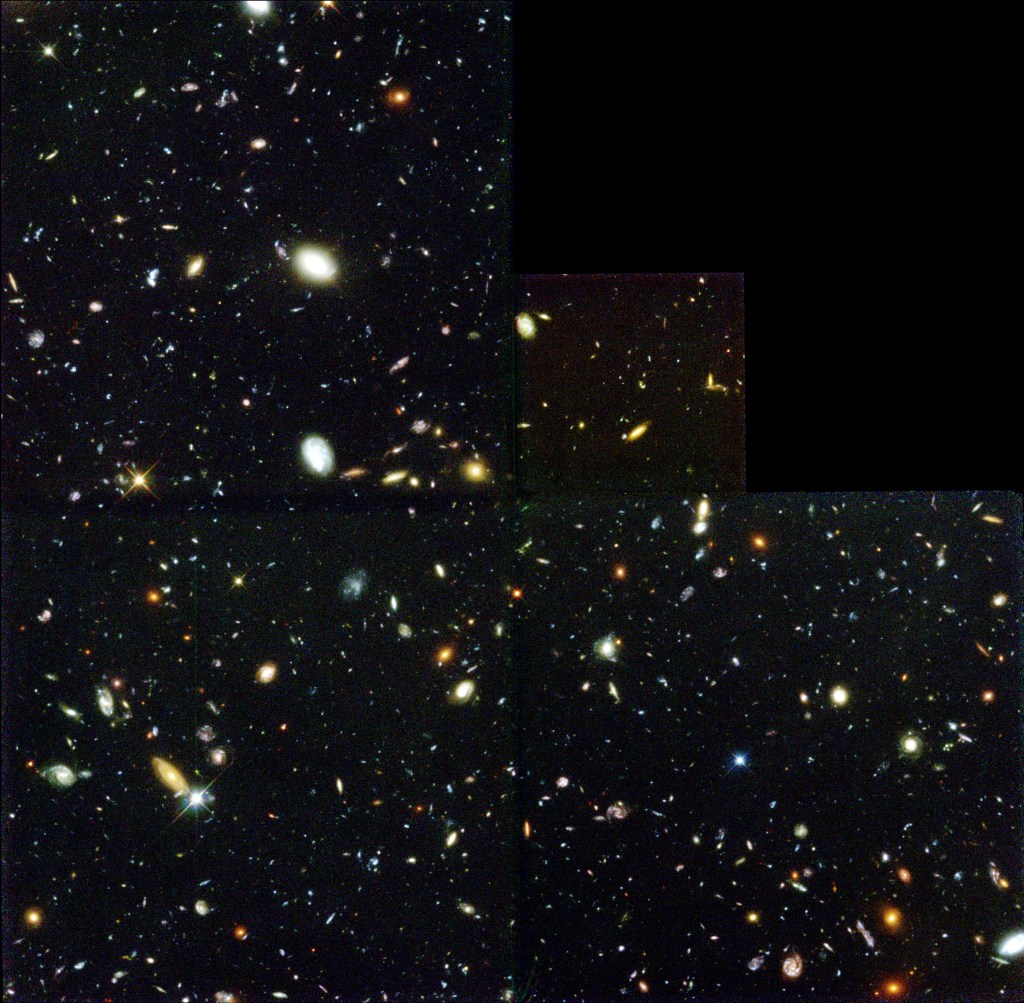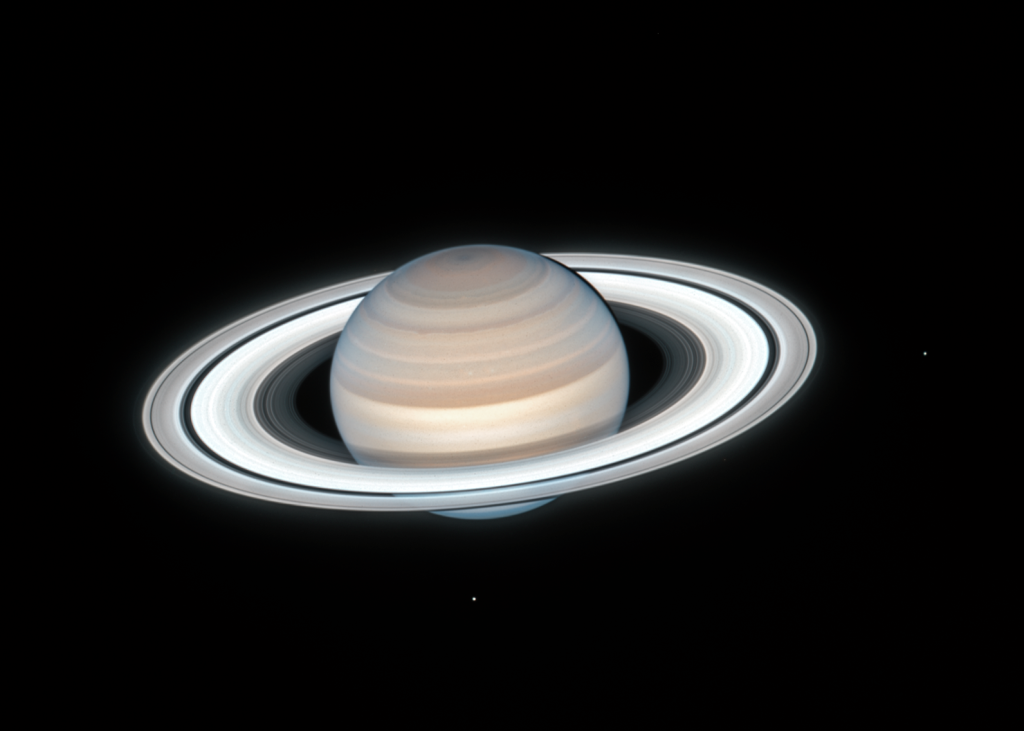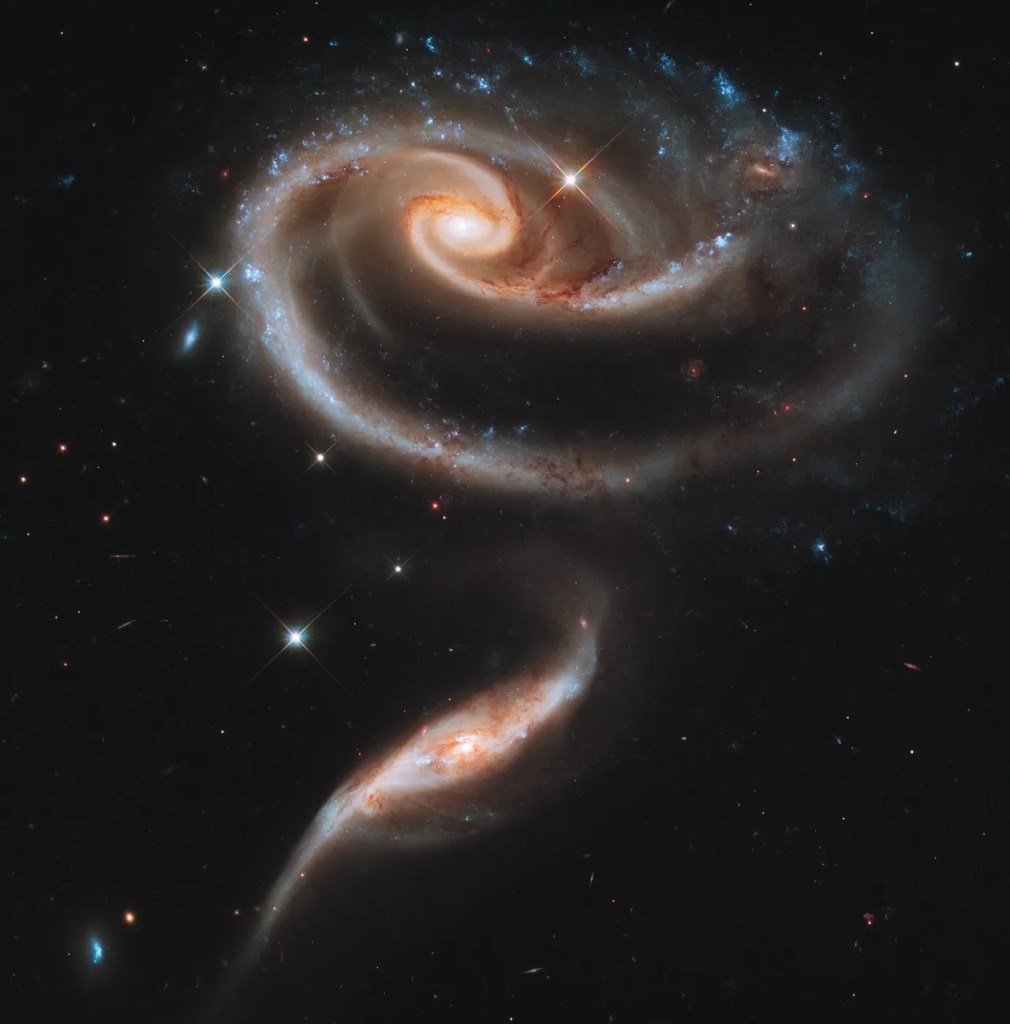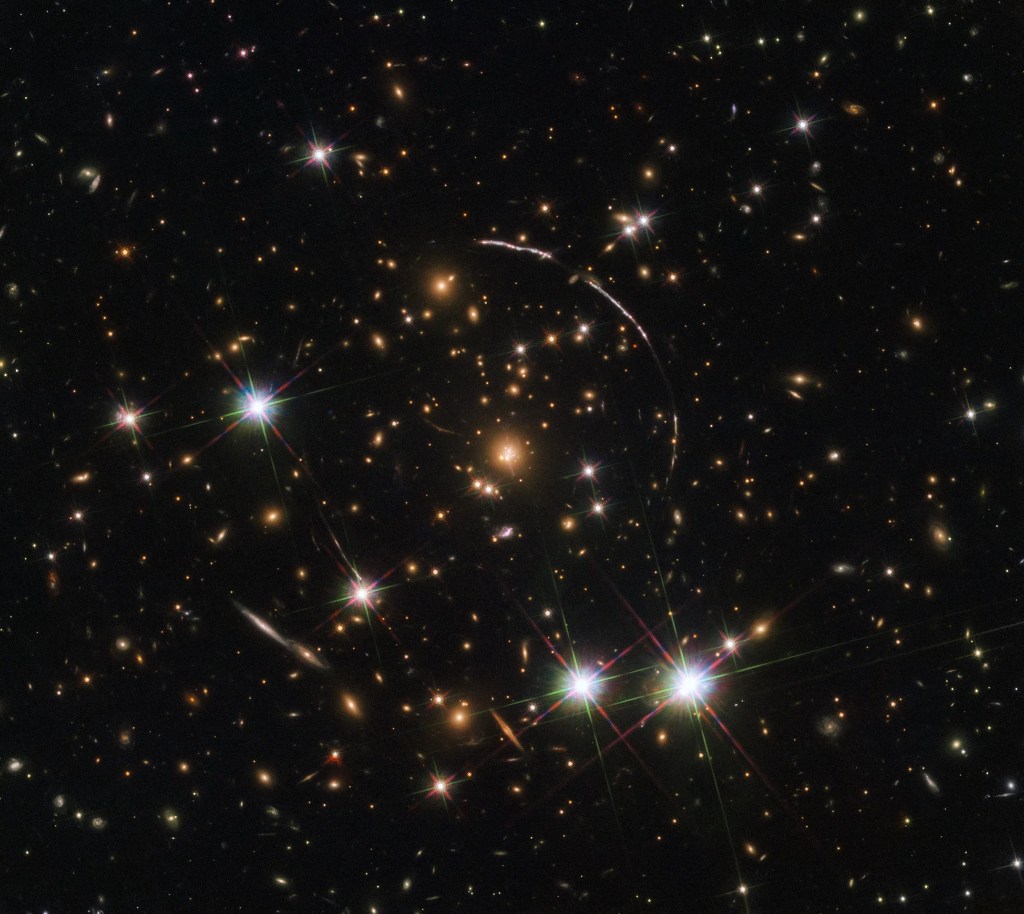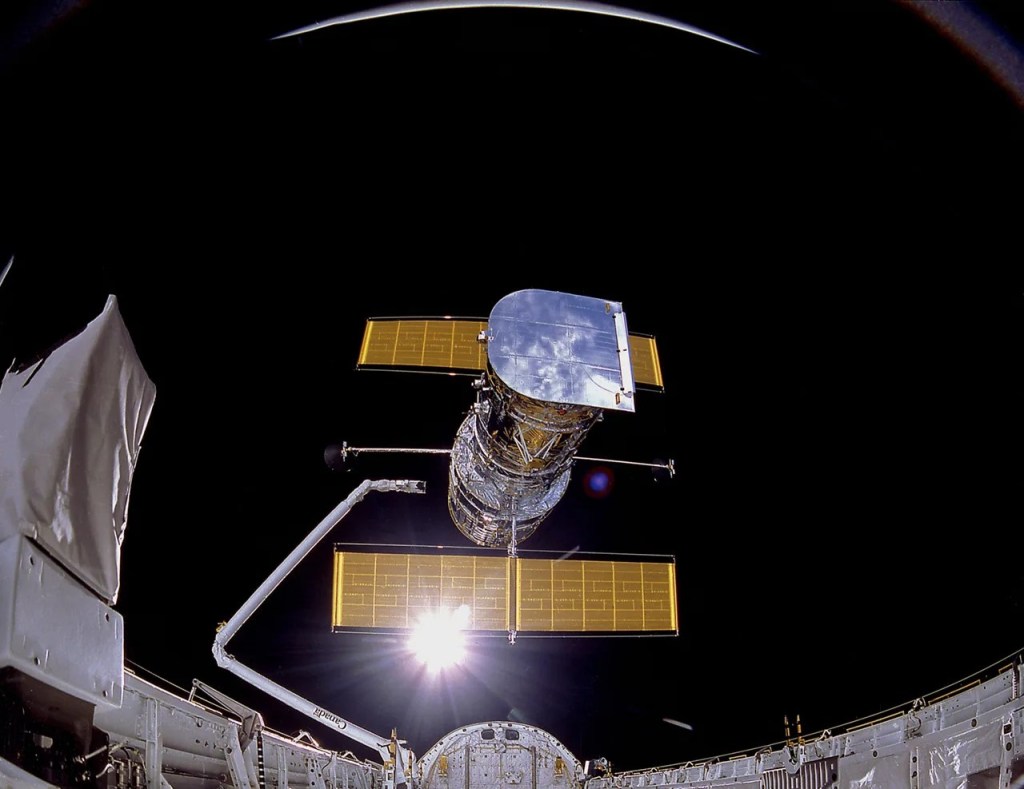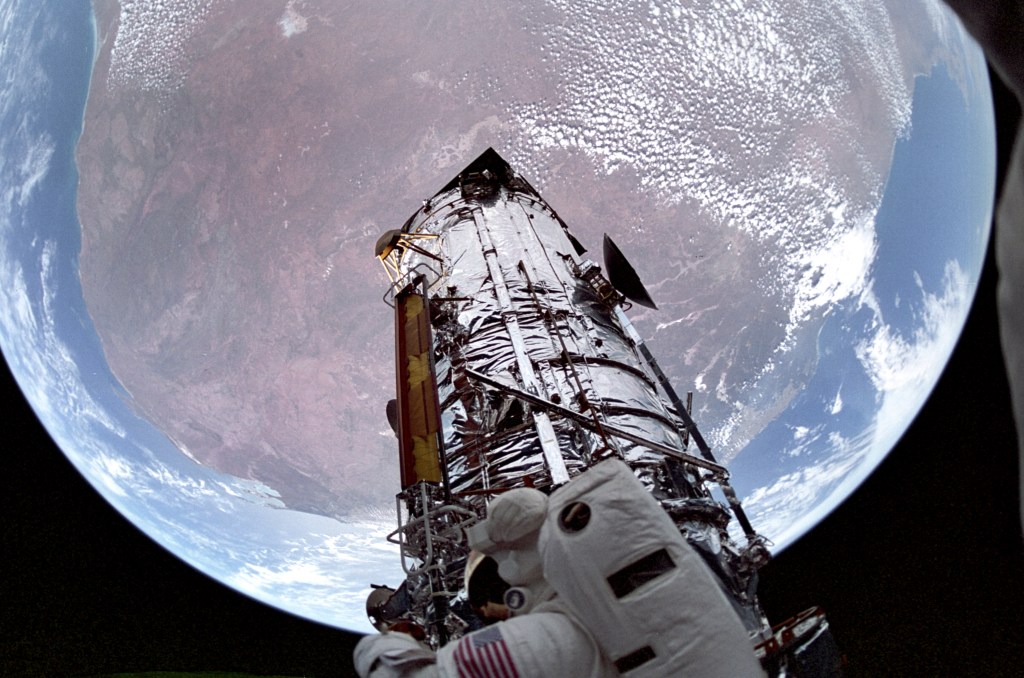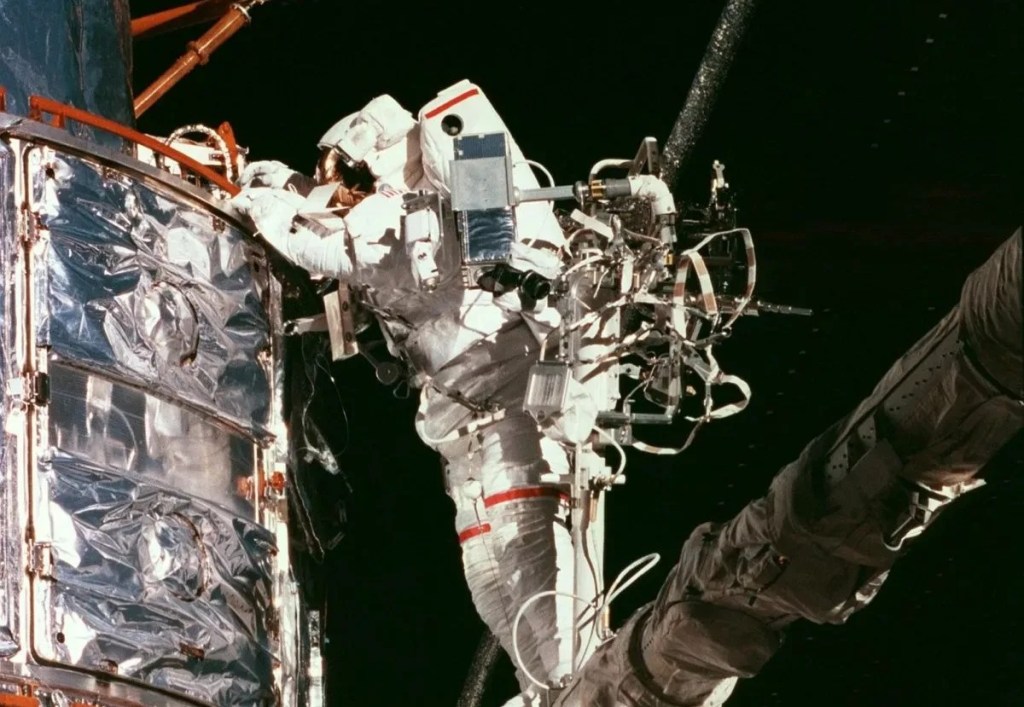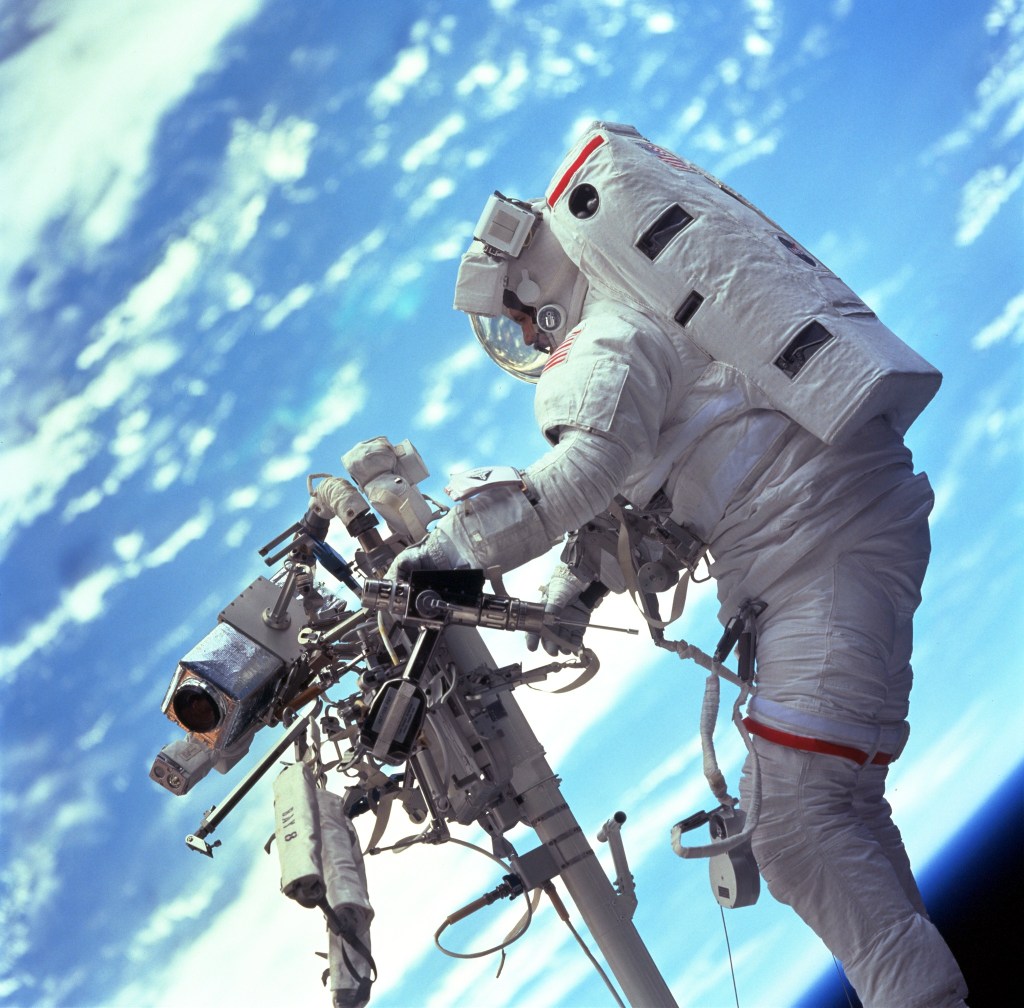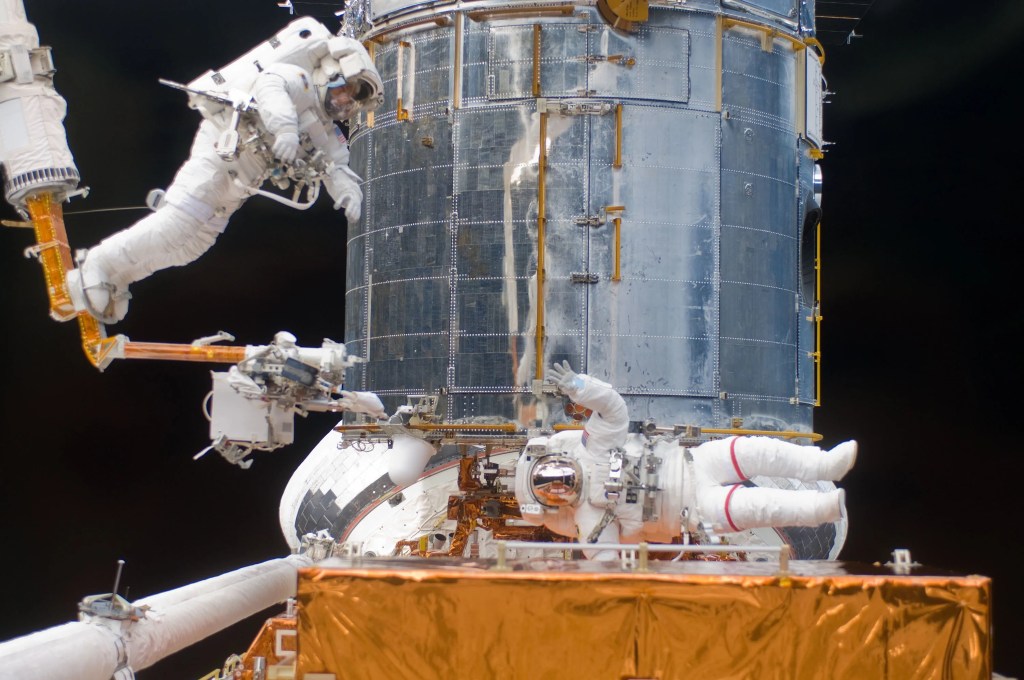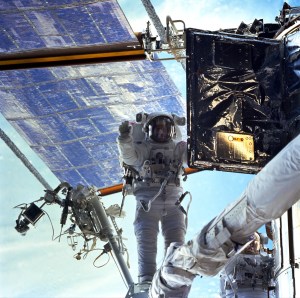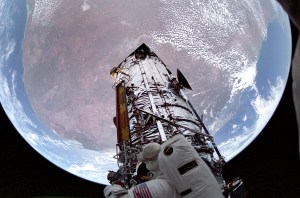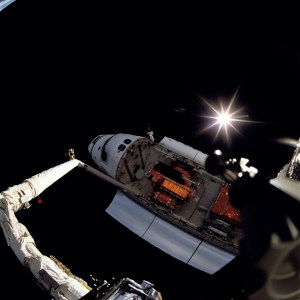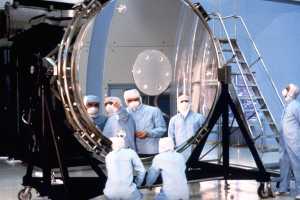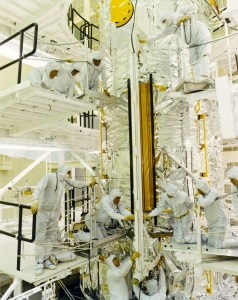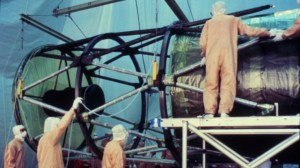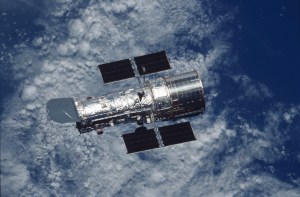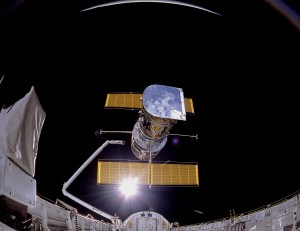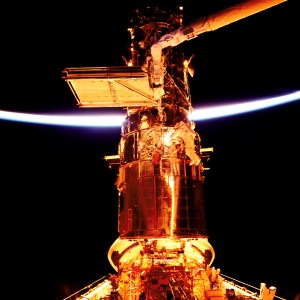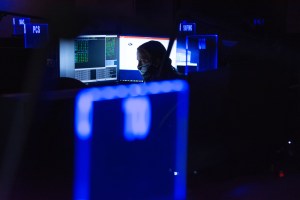Multimedia
Hubble Images
Explore Hubble's astronomical and mission images.
Latest Galleries
Search Hubble Images
Type
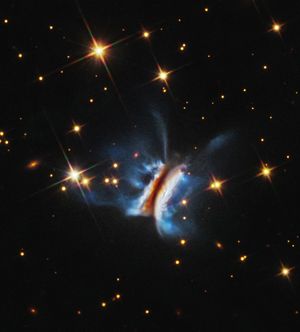
This Hubble Space Telescope image shows the largest planet-forming disk ever observed around a young star. It spans nearly 400…

Image of Dracula's Chivito captured by Hubble's WFC3 instrument, with compass arrows, scale bar, and color key for reference.

A sideways spiral galaxy shines in this NASA/ESA Hubble Space Telescope image. Located about 60 million light-years away in the…
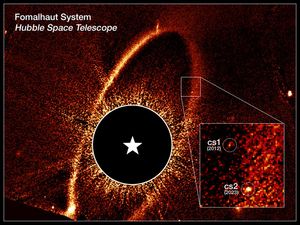
This composite Hubble Space Telescope image shows the debris ring and dust clouds cs1 and cs2 around the star Fomalhaut.…

This artist’s concept shows the sequence of events leading up to the creation of dust cloud cs2 around the star…
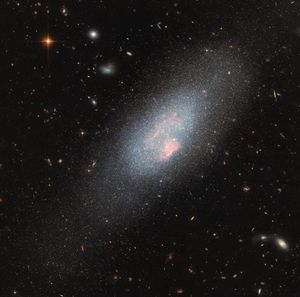
This NASA/ESA Hubble Space Telescope image features a glittering blue dwarf galaxy called Markarian 178 (Mrk 178). The galaxy, which…
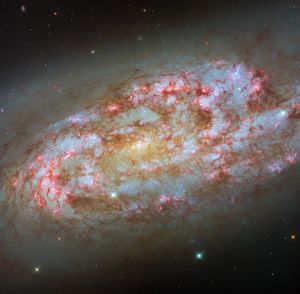
This NASA/ESA Hubble Space Telescope image features a stormy and highly active spiral galaxy named NGC 1792. Located over 50…

NASA’s Hubble Space Telescope reobserved interstellar comet 3I/ATLAS Nov. 30, with its Wide Field Camera 3 instrument. At the time,…
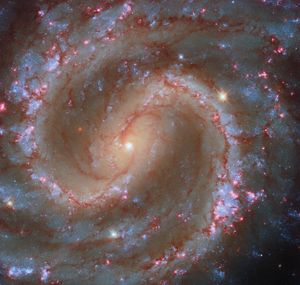
Today’s NASA/ESA Hubble Space Telescope image features the spiral galaxy NGC 4535, which is situated about 50 million light-years away…
Hubble’s Universe
Science Galleries
Hubble Servicing Mission Galleries
Hubble Mission Galleries
More On Flickr
Flip through Hubble's numerous Flickr albums and see astronauts at work in space, behind the scenes of mission operations, and Hubble's iconic images from nebulae to gravitational lens.
Explore More Albums
Information
Media Resources
Need to talk to our communication's team? Need b-roll for the documentary you're making? This page helps you find the Hubble media information you need.
Find Media Information about Media Resources